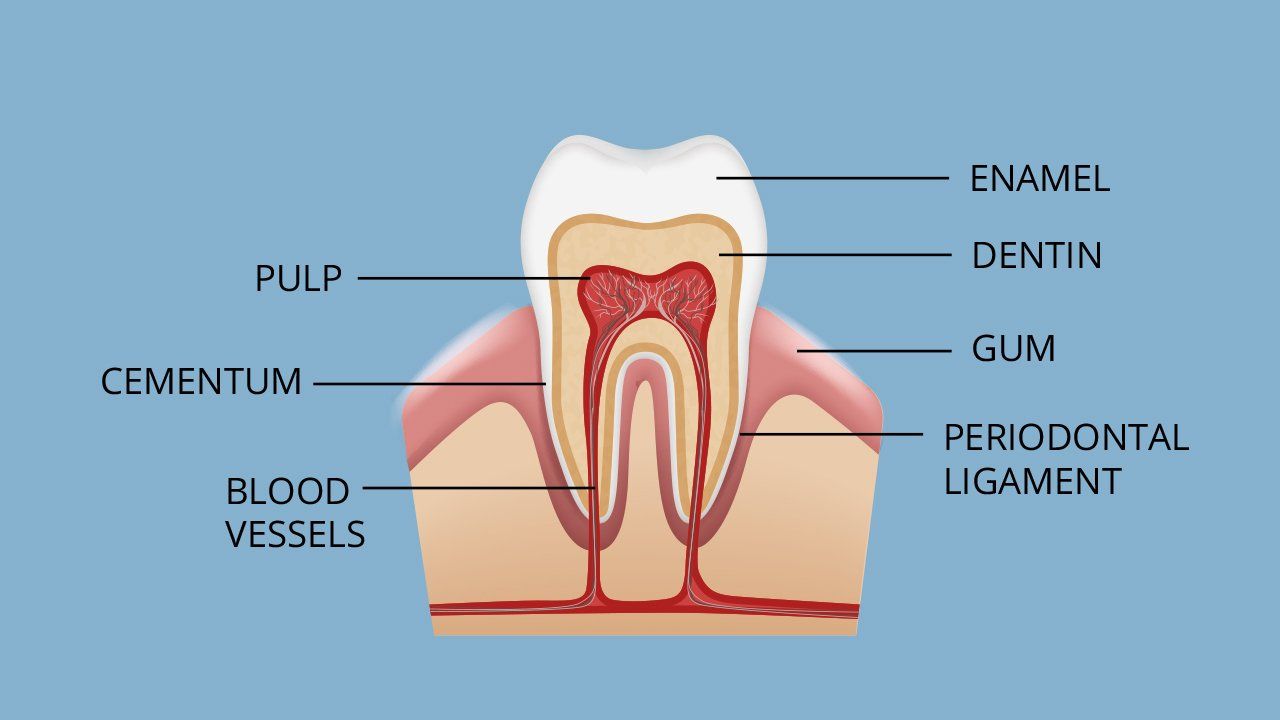root canal therapy
The pain associated with a root canal comes from the infection itself. While this pain can be dreadful the good news is a root canal procedure can quickly and easily alleviate tooth pain that is the result of an infection. Many people have concerns and fears of needing a root canal; however, a properly done root canal is no more painful than having a filling.
When Is a Root Canal Needed?
A tooth can become infected if it is severely damaged from a deep cavity, trauma to the tooth, or cracked/fractured tooth. Damaged or dead pulp causes increased blood flow, infection, and pressure that cannot be relieved from inside the tooth.
If the affected tooth goes untreated the tissues around the root of your tooth can become infected. Once infected you will often feel pain and swelling. An abscess may form inside the tooth and/or in the bone around the end of the root of the tooth. This pain is most often felt when biting down, chewing, and eating or drinking hot or cold foods. An infection can also put you at risk of losing your tooth completely because bacteria can damage the bone that keeps your tooth connected to your jaw.
Root canals are used to repair and save your tooth instead of removing it.
root canals WHAT TO EXPECT
A root canal usually takes 1 or 2 office visits to complete. Before treatment, our team will take an X-ray or Cone Beam Scan to get a clear view of your tooth and the surrounding bone.
Our dentists will use local anesthesia so there is little to no pain during the root canal procedure. During the procedure your doctor will create a small opening in the top of your tooth. Next the doctor will remove the pulp from inside of the tooth, clean inside of each canal in the affected tooth. Our dentist will treat your tooth with a germ-killing medicine before filling each canal with a material to seal them against future infections.
Lastly, a temporary restoration (such as a filling) or a permanent restoration (such as a crown) will be placed. After the root canal you should not have pain. The area may feel sensitive for few days, but once the procedure is complete, you should no longer feel the pain you felt before having it done.
root canals FAQS
How Long Will a Root Canal Filling Last?
With proper care, your restored tooth can last a lifetime. Please be sure to floss daily and brush with a fluoride toothpaste twice daily.
Is Anesthesia Used During Root Canal Procedures?
Yes! Local anesthesia, similar to what is used while getting a filling, is used to numb your mouth. You will not feel pain or discomfort.
Are there any Alternatives to Root Canal Therapy?
If possible, we always recommend saving your natural teeth. Your natural teeth prevent jawbone deterioration, premature facial sagging, and make it possible for you to eat a variety of foods to maintain proper nutrition.
Tooth extraction is the only alternative to a root canal procedure. After the tooth is extracted you would then need to replace the tooth with a bridge, implant, or removable partial denture to restore chewing and prevent your other teeth from shifting. These alternatives are more expensive than a root canal and require additional procedures to adjacent teeth. Therefore, whenever possible a root canal is the treatment of choice.
What Are the Signs That Root Canal Therapy Is Needed?
Some signs include:
- Severe toothache upon chewing.
- Swelling and soreness in nearby gums.
- Prolonged sensitivity to hot or cold temperatures.
- Tooth discoloration.
- A persistent or recurring pimple on the gums.
- Sometimes no symptoms are present.
Why Does the Pulp Need to Be Removed?
When the tooth is damaged and the pulp breaks down bacteria start to multiply within the pulp chamber. The bacteria and dying pulp can cause an infection or abscessed tooth. An abscess is a pus-filled pocket that forms at the end of a tooth’s root.
In addition to an abscess, an infected tooth can also lead to:
- Swelling that may spread to other areas of the face, neck, or head.
- Jawbone loss around the tip of the root.
- A hole can occur through the side of the tooth leading to the infectious pus draining into the gums or through the cheek into the skin.
SCHEDULE An EXAM
Dr. Gritsiv and Dr. Sawyer will be happy to let you know if a Root Canal is the right procedure for you. We invite you to click here to Schedule an Appointment or give us a call at (770) 534-4292 today.












